A Village is a group of seniors living independently in a neighborhood who have banded together and created a formal Village organization. The Village goal is to coordinate access to affordable services from vetted, discounted providers that allow the seniors to more readily age in place.
To gain access to Village services, you have to join and become a dues-paying member. The Village organization is run by volunteers and paid staff and operates in a very consumer-driven mode.
How Villages Function
Village organizations emphasize providing supportive services (e.g. transportation, home maintenance, companionship, etc.) and referrals to existing community services. By organizing and delivering programs and services, the organizations strive to allow Village residents to lead safer, healthier, and more productive lives in their own homes.
Villages are intentional only in the sense that senior residents actively work to form the Village organization. But, unlike co-housing, Villages are not communities intentionally designed, built and inhabited just by community residents. Rather they are comprised of senior residents living in residences scattered throughout a neighborhood who are bound together only through membership in the Village organization. Beacon Hill Village in Boston pioneered the Villages concept; it is a cooperative organization for Boston residents who are 50 years of age and over.
Operating Village Organizations
There are over two hundred Villages operating around the country, with many dozen more locations in the works. The number of urban, suburban, and rural locations is nearly equal. Each Village operates as a non-profit organization to serve a specific geographic location. With significant involvement from volunteers and paid staff, each Village offers different programs and services that best serve its members.
Unlike NORCs, Villages rely primarily on membership dues rather than on government funds, grants, or fees for individual services. Villages generally collect the dues annually, per individual, or per household. Monetary assistance is often available for low-income residents, but in general, the Villages model is more appropriate for older adults who have secure financial resources. The fee entitles you to such services as:
- Shopping and transportation to health care providers
- Geriatric care management
- Referrals to discounted, vetted providers such as electricians, plumbers, organizers, personal trainers, massage therapists, and homecare specialists
- A volunteer to assist you in your home or around town
- Walking groups, exercise classes with a personal trainer, and health and wellness programs
Other Benefits of Village Organizations
Many members report that in addition to these helpful services, the benefits that they most value are the friends they meet and the many available cultural, social, and volunteer activities. These activities and the opportunities for interaction help seniors to successfully address such challenges as loneliness and depression. This, in turn, can help to reduce medical bills and to delay or help to avoid the need for more expensive assisted living facilities.
The Villages concept is likely not the best solution for you if you need substantial help with daily living activities, such as the administration of medication, or assistance with bathing or using the bathroom. Some Villages do offer geriatric care management, which can help arrange for these services to be delivered in the home.
Information About Existing Villages
You can investigate if there is a nearby Village by visiting the Village to Village network website at vtvnetwork.clubexpress.com.
This website was “created by Villages, for Villages.” At the website you will find a United States map where you can enter your location and bring up a more detailed map showing dots representing area Villages.
You can click on any dot on the map to get zoomed in to neighborhood street maps. There are Villages from coast to coast, with heavy concentrations in the northeast and California. The site also provides web links and other contact information for you to learn more information.
If there is not a Village near you, you might want to consider forming a Village of your own. The Village to Village network provides helpful suggestions and guidelines for setting one up in your area, and AARP also provides useful information. The Beacon Hill Village also offers a procedural roadmap for people who are interested in forming a Village. If this is not feasible, you may want to consider moving to where an active and robust Village is already in place.
The Villages concept fits a need for seniors who may need a modest amount of assistance with household tasks. It also helps reduce the burden that might be placed on your family if you need help in your later years. If the Villages concept sounds like it may fit your needs, it is worth your time to learn more.


 Personal Development Goals
Personal Development Goals

 Bedrooms Designed for Aging in Place
Bedrooms Designed for Aging in Place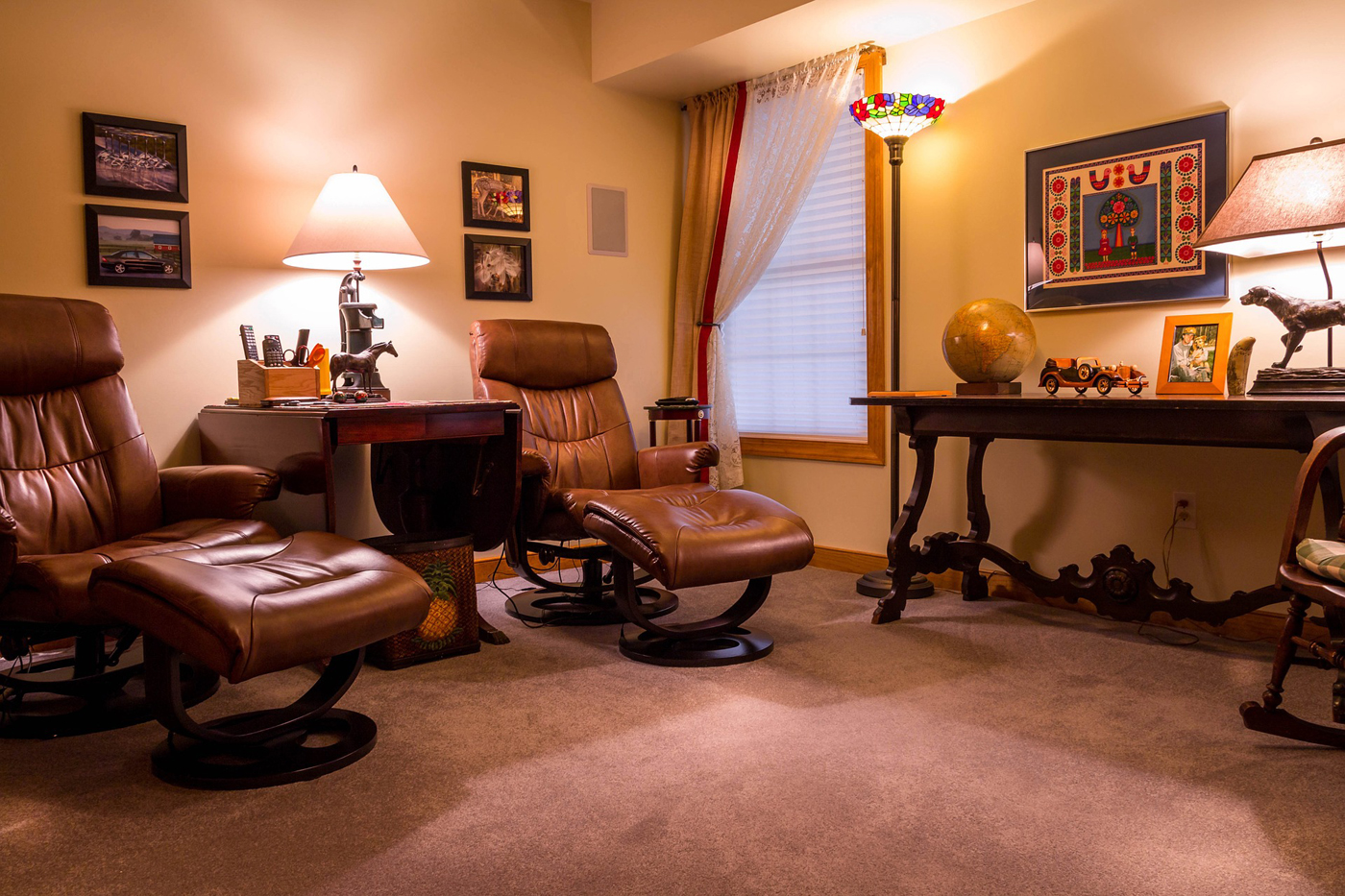 Furniture
Furniture Kitchens Designed for Aging in Place
Kitchens Designed for Aging in Place Lighting and Light Switches
Lighting and Light Switches
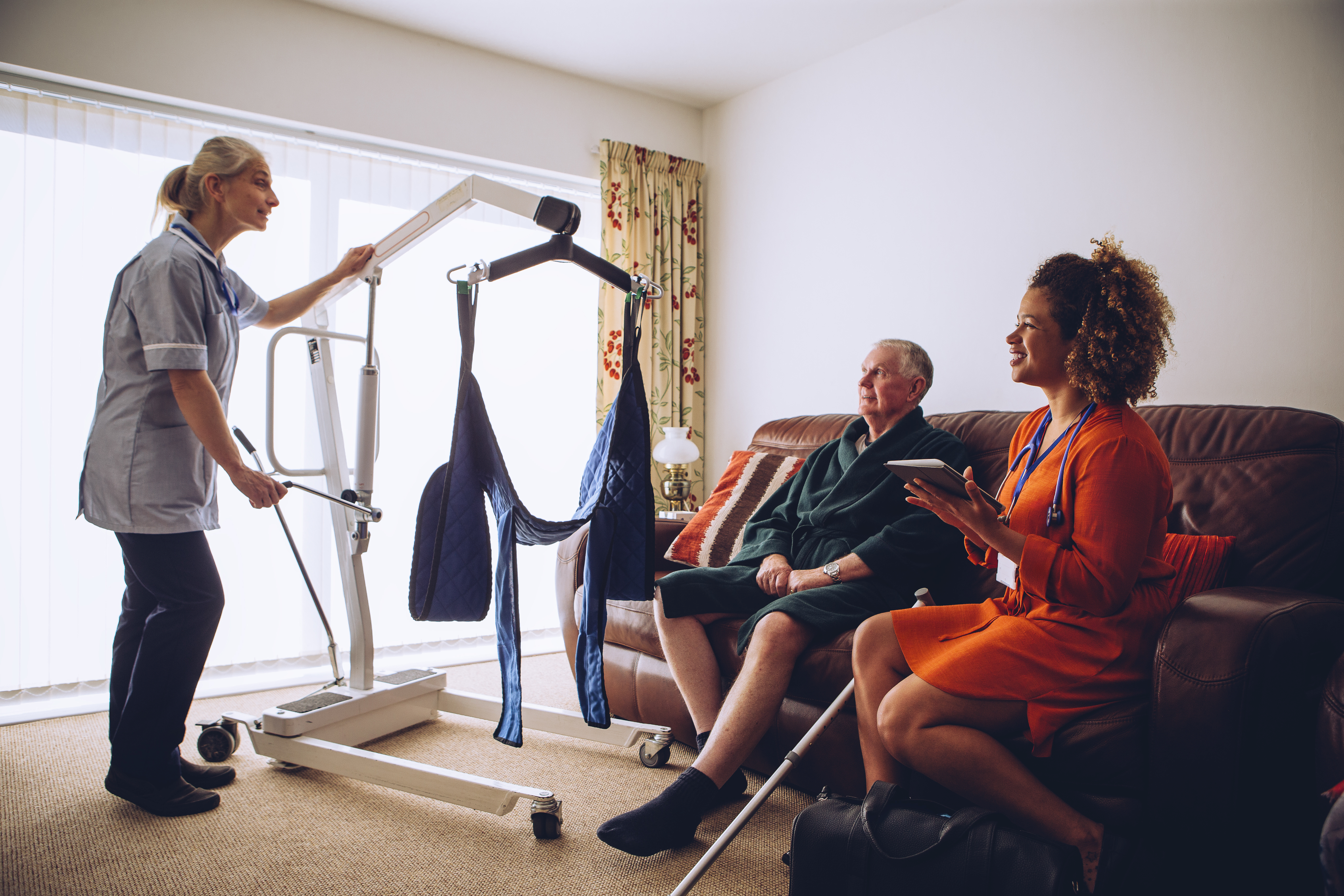 Assisting With Functional Mobility
Assisting With Functional Mobility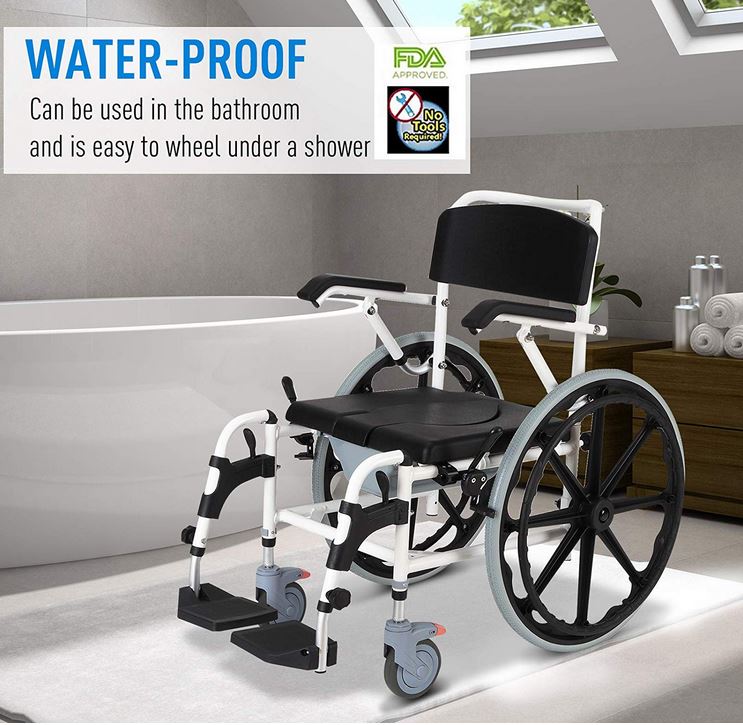 Bath and Shower Mobility Aids
Bath and Shower Mobility Aids Bedroom Mobility Aids
Bedroom Mobility Aids Assisting with Personal Grooming and Hygiene
Assisting with Personal Grooming and Hygiene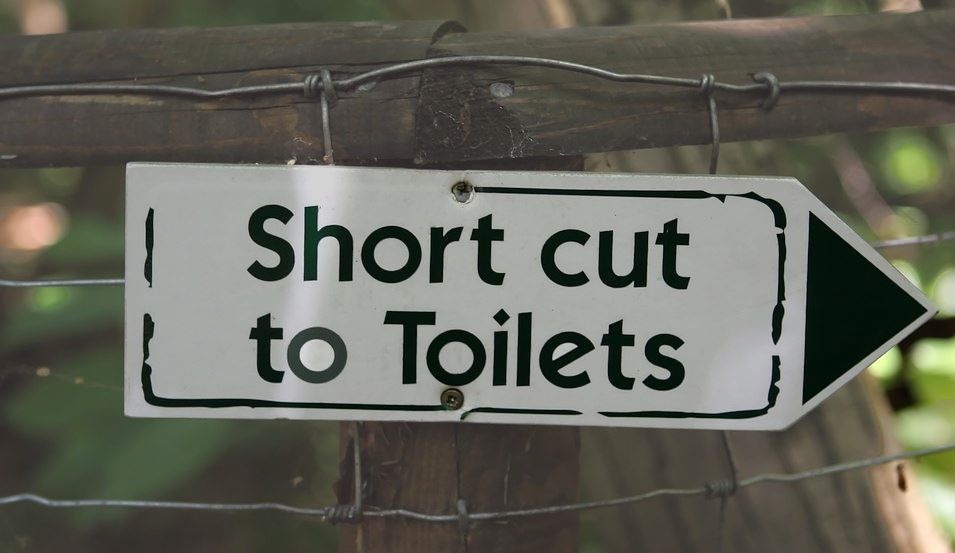 Caring for Someone With Incontinence
Caring for Someone With Incontinence Helping People To Cope with Alzheimer’s and Dementia
Helping People To Cope with Alzheimer’s and Dementia Helping With Bill Paying
Helping With Bill Paying Home Cleaning Services
Home Cleaning Services Offering Companionship
Offering Companionship Providing Medication Reminders
Providing Medication Reminders Providing Transportation
Providing Transportation Running Errands
Running Errands

 Burn Care
Burn Care Mental Health Rehabilitaion
Mental Health Rehabilitaion
 Canes
Canes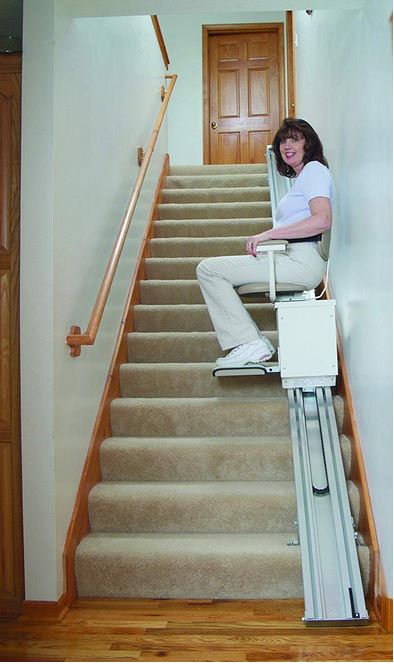 Chair Lifts / Stair Lifts
Chair Lifts / Stair Lifts Grab Bars
Grab Bars Knee Scooters / Knee Walkers
Knee Scooters / Knee Walkers Ramps
Ramps Scooters
Scooters Transfer belts / pads / equipment
Transfer belts / pads / equipment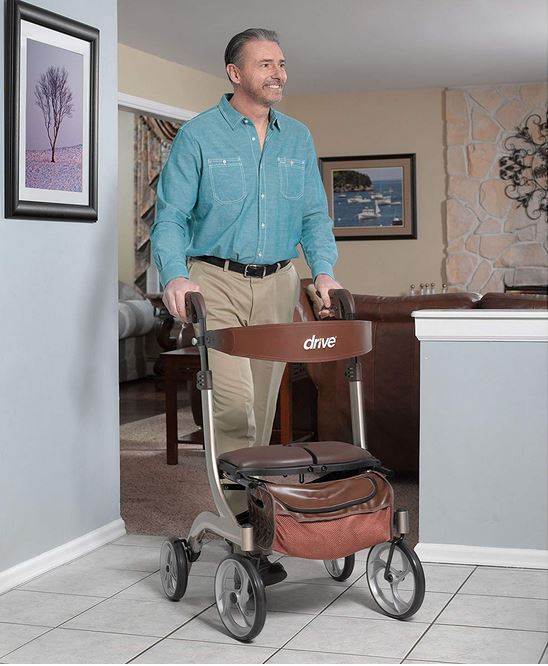 Walkers and Rollaters
Walkers and Rollaters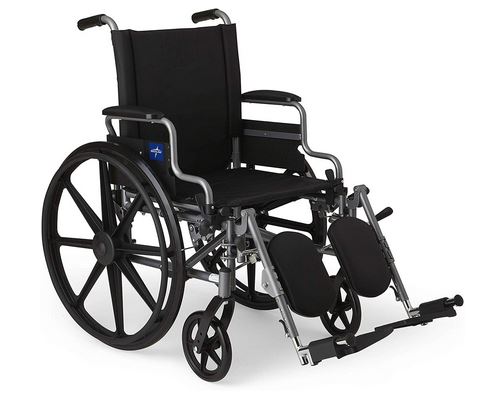 Wheelchairs and Mobile Chairs
Wheelchairs and Mobile Chairs
 Accounting and Tax
Accounting and Tax Books-Seminars-Courses
Books-Seminars-Courses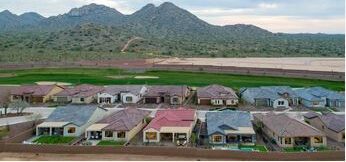
 ASSISTED LIVING
ASSISTED LIVING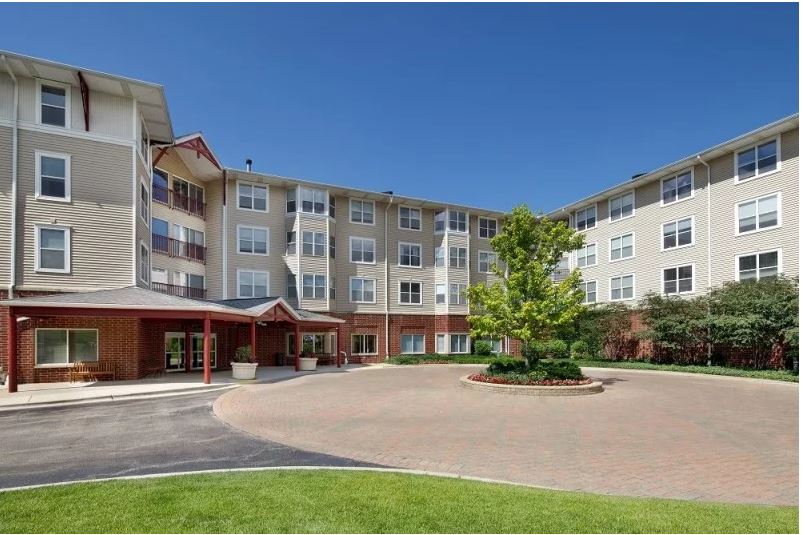 Assisted Living Facilities
Assisted Living Facilities Cohousing Communities
Cohousing Communities Manufactured Housing Communities
Manufactured Housing Communities Naturally Occurring Retirement Communities (NORCs)
Naturally Occurring Retirement Communities (NORCs) Personal Residence LIving Independetly
Personal Residence LIving Independetly Accessory Dwelling Units
Accessory Dwelling Units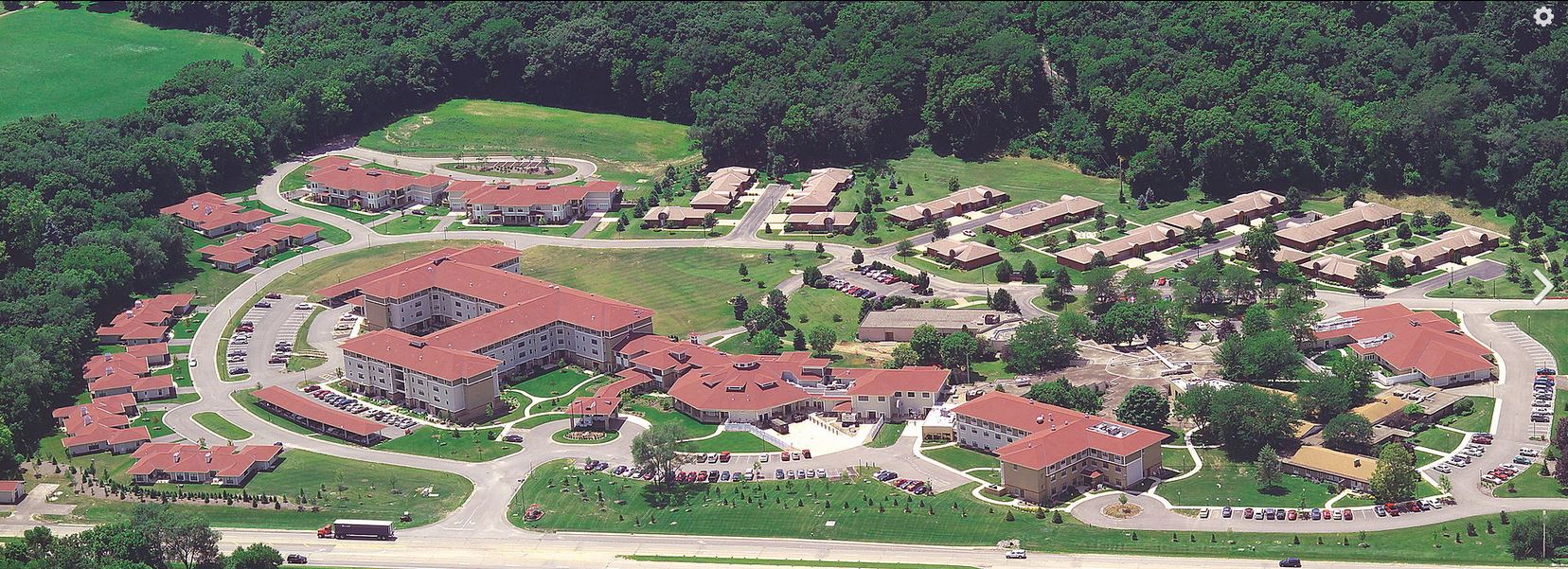 Continuing Care Retirement Communities
Continuing Care Retirement Communities Multigenerational Households
Multigenerational Households